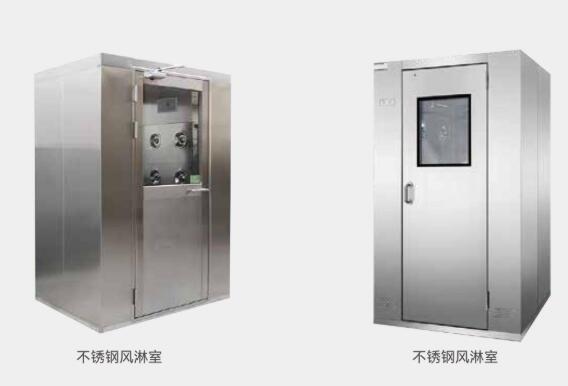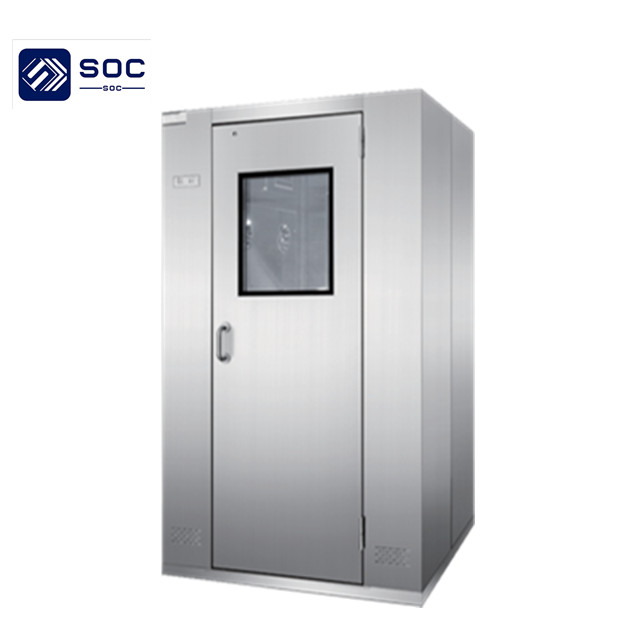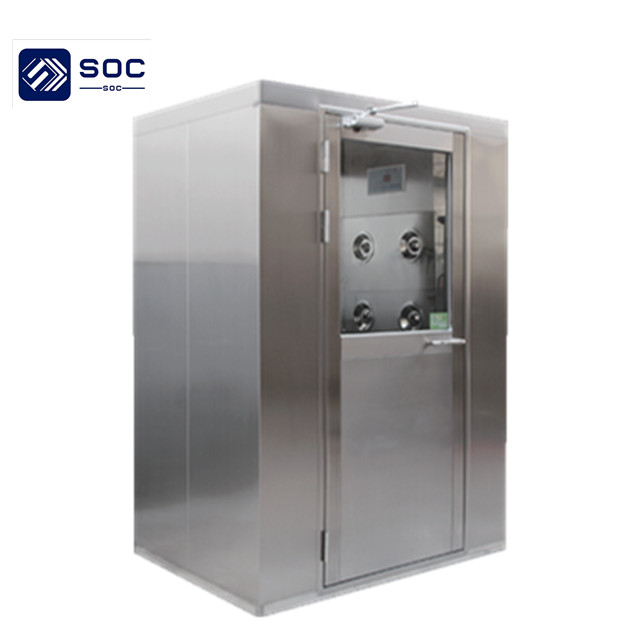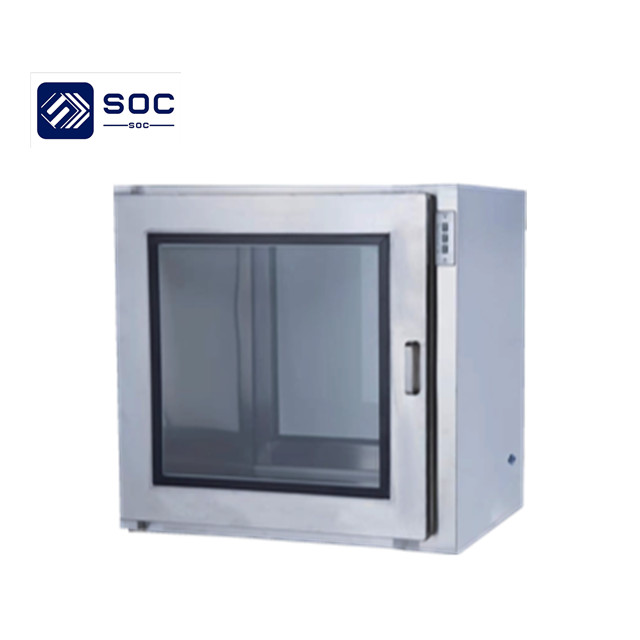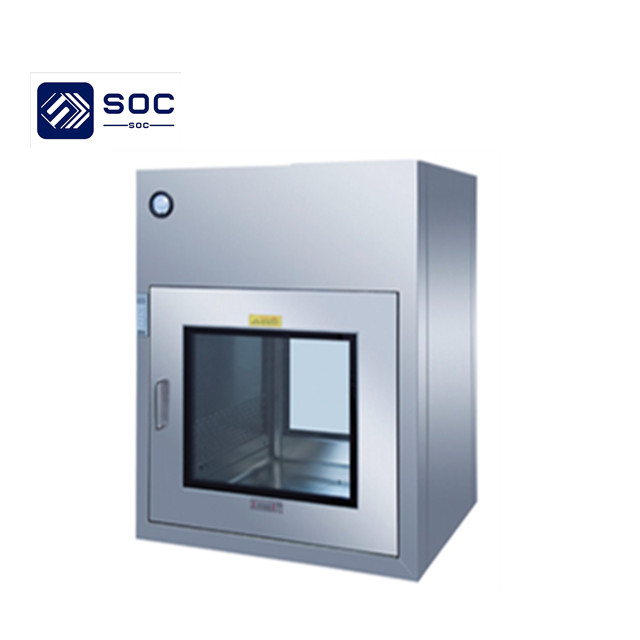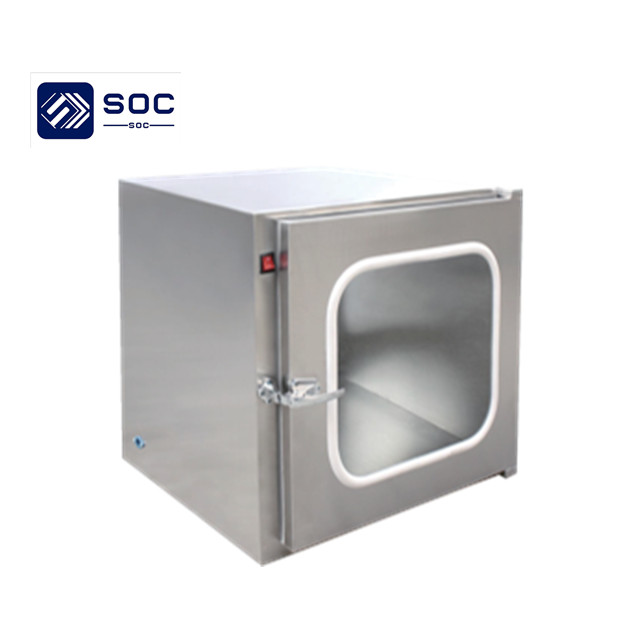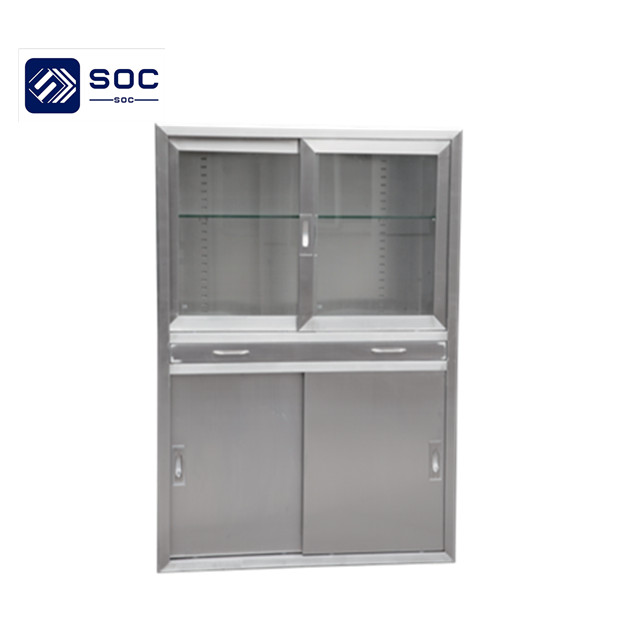What is the dust-free workshop level standard? |
Publisher: SOC (Jiangsu) Environmental Technology Co.,Ltd. | Hits: 257 | Published on: 2022-8-18 18:07:56 | Close |
Dust-free workshops can be divided into the following levels: 1, 100, 1,000, 10,000, 100,000, 300,000, and 1 million. The number of particles with a particle size of less than 0.5 microns is controlled to less than 3,500 per cubic meter, which has reached the international dust-free standard A level. The dust-free standards currently used in chip-level production and processing have higher requirements for dust than Class A, and such high standards are mainly used in the production of some higher-level chips. The number of dust particles is strictly controlled within 1,000 per cubic meter, which is also known as the thousand-level in the industry. The selection of the location of the dust-free workshop should be in line with the principles of favorable production, convenient life, and saving investment and operating costs. The distance between the dust-free workshop and the main traffic road should be more than 50 meters. The plant site should be located in an area with good natural environment and water quality, low atmospheric dust concentration, and the microclimate caused by terrain, features and landforms is conducive to production and energy saving, and should be far away from areas that emit a large amount of dust, smoke, toxic gases and microorganisms , such as airports, railways, docks, traffic arteries, etc., and on the upwind side of the pollution source and the dominant wind direction throughout the year, and there is a certain protective distance. Extended information: Eliminate particles, harmful air, bacteria and other pollutants in the air within a certain space, and control the indoor temperature, cleanliness, indoor pressure, airflow speed and airflow distribution, noise and vibration, lighting, and static electricity within a certain requirement. A specially designed room is given within the range. That is to say, no matter how the external air conditions change, the interior can maintain the characteristics of cleanliness, temperature, humidity and pressure that were originally set. Similar to the effect of diffusion, when the filter material is electrostatically charged (electret material), the longer the dust stays in the filter material, the greater the possibility of being adsorbed by the material. Change the wind speed, the filtration efficiency of the electrostatic material will change significantly. If you know that there is static on the material, the air conditioning system should be designed to minimize the amount of air passing through each filter. For the large particle dust mainly based on the inertia mechanism, according to the traditional theory, after the wind speed is reduced, the probability of dust and fiber collision will be reduced, and the filtration efficiency will be reduced accordingly. However, this effect is not obvious in practice, because the wind speed is small, the rebound force of the fiber to the dust is also small, and the dust is more likely to be stuck. |


